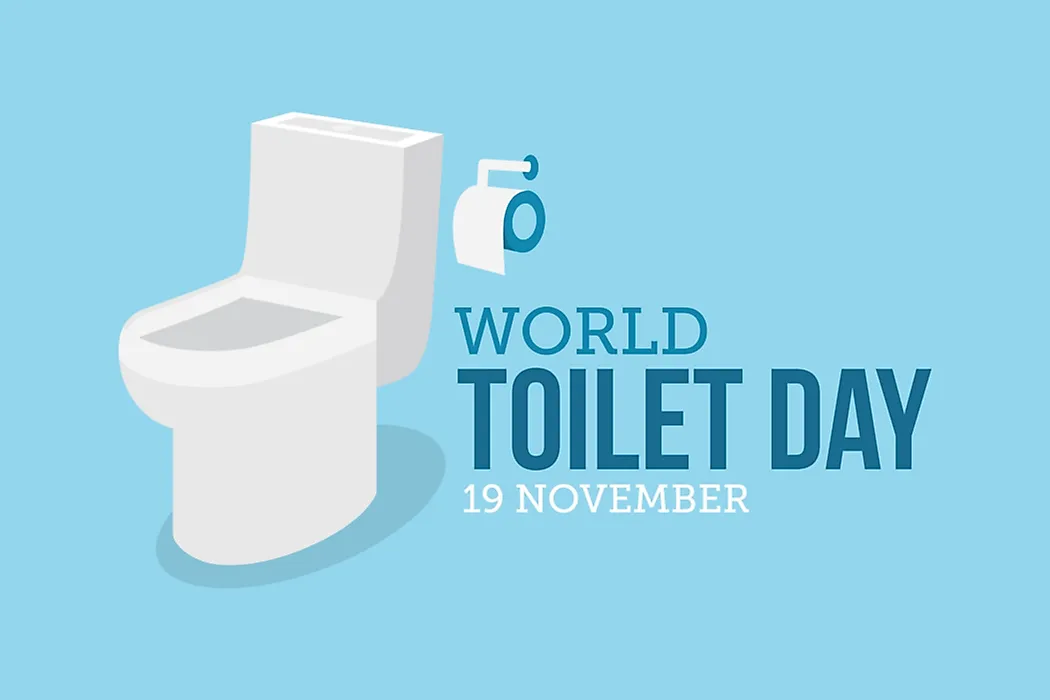When and Why Is World Toilet Day Celebrated?

The World Toilet Day is an annual event observed on November 19. Statistics show that there are more mobile phones in possession of the world population than there are toilets. Out of the 7 billion people in the world, there are 2.5 billion individuals who do not have regular access to proper sanitation. Additionally, among those who have the regular access to sanitation facilities, the existence of unhygienic and unsafe toilets remains a problem. Therefore, the objective of the World Toilet Day is to raise awareness around various issues relating to sanitation and to create forums targeting at resolving these issues.
Idea Behind Toilet Day
It is estimated that the provision of sanitation facilities could potentially save the lives of more than 200,000 children across the globe. This assertion is made by the UN as a vital driver of the World Toilet Day. Reports have shown that countries where open defecation is still widespread also have the highest mortality rates of children under the age of five. These countries also struggle with high levels of poverty, malnutrition, and a significant gap between the rich and the poor. The World Toilet Organization formed in 2001 has targeted these countries with the goal of improving sanitation. Starting in 2013, November 19 was officially recognized as the World Toilet Day and by so doing sanitation was made a priority for global development. Each year, hundreds of thousands of people promote this observance through social media campaigns, online petitions, and other events held in various countries.
Risks of Poor Sanitation
Poor sanitation facilities or lack of sanitation altogether poses great risks to communities. This phenomenon is most common in the rural areas of developing countries. One of the primary hazards of lack of proper sanitation facilities is increased the prevalence of waterborne diseases such as typhoid, cholera, and diarrhea. Cholera, for instance, has at least 4 million cases reported and more 21,000 deaths annually. The effects of poor sanitation have been shown to extend beyond healthcare. There are indirect consequences over the economy of the affected regions due to the decline in productivity that amounts from the generally poor health of the community.
Changing the Statistics
Reports from the World Health Organization (WHO) and the UNICEF present a global sanitation crisis that the World Toilet Day is set to change. Globally about 80% of wastewater produced by the society finds its way back into the ecosystem without being treated. Moreover, only 39% of the world population has access to a safely-managed sanitation service. About 1.8 billion people around the world use a source of drinking water that has no protection from contamination from human waste. Observance of the World Toilet Day helps to create awareness of the struggles of various communities and helps find creative ways to solve the problem. WHO estimates that providing improved sanitation, clean, and safe water plus building awareness around good hygiene can prevent more than 842,000 deaths each year.











